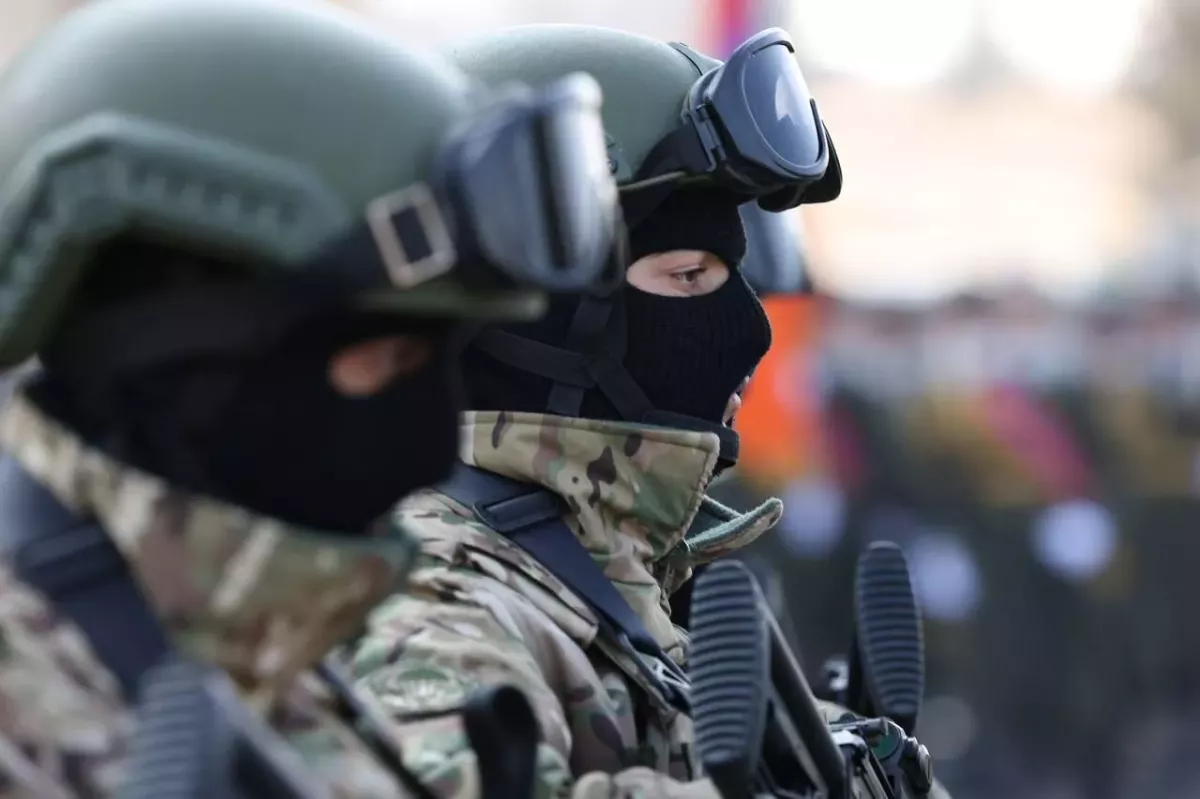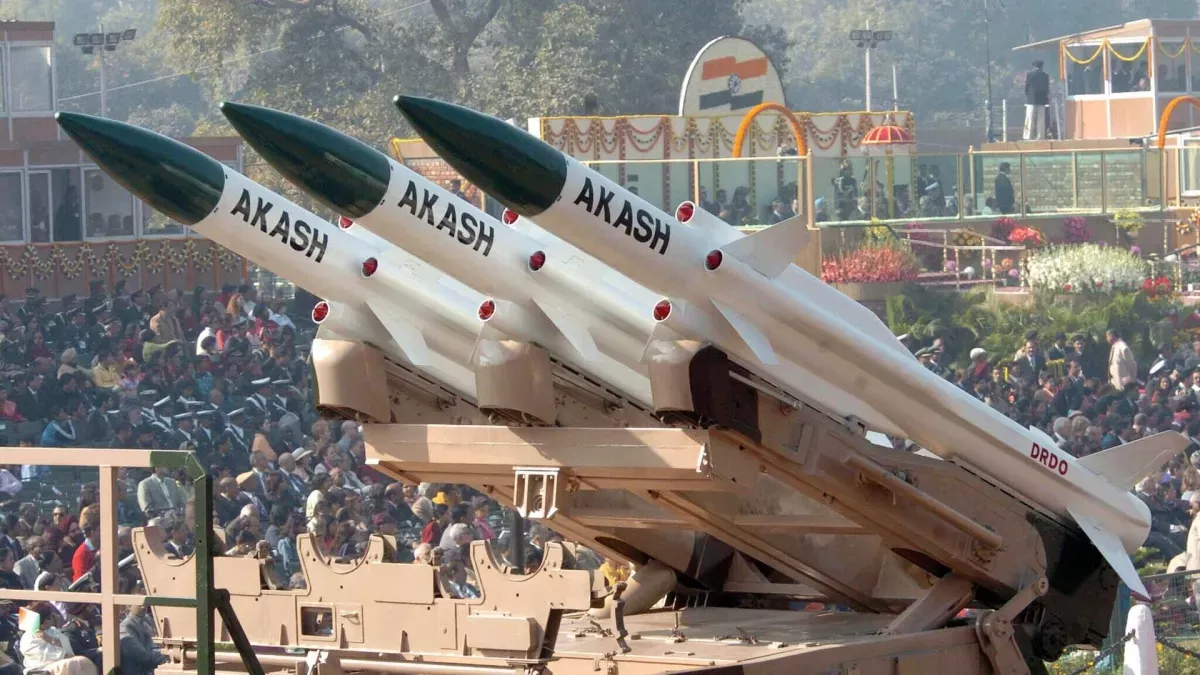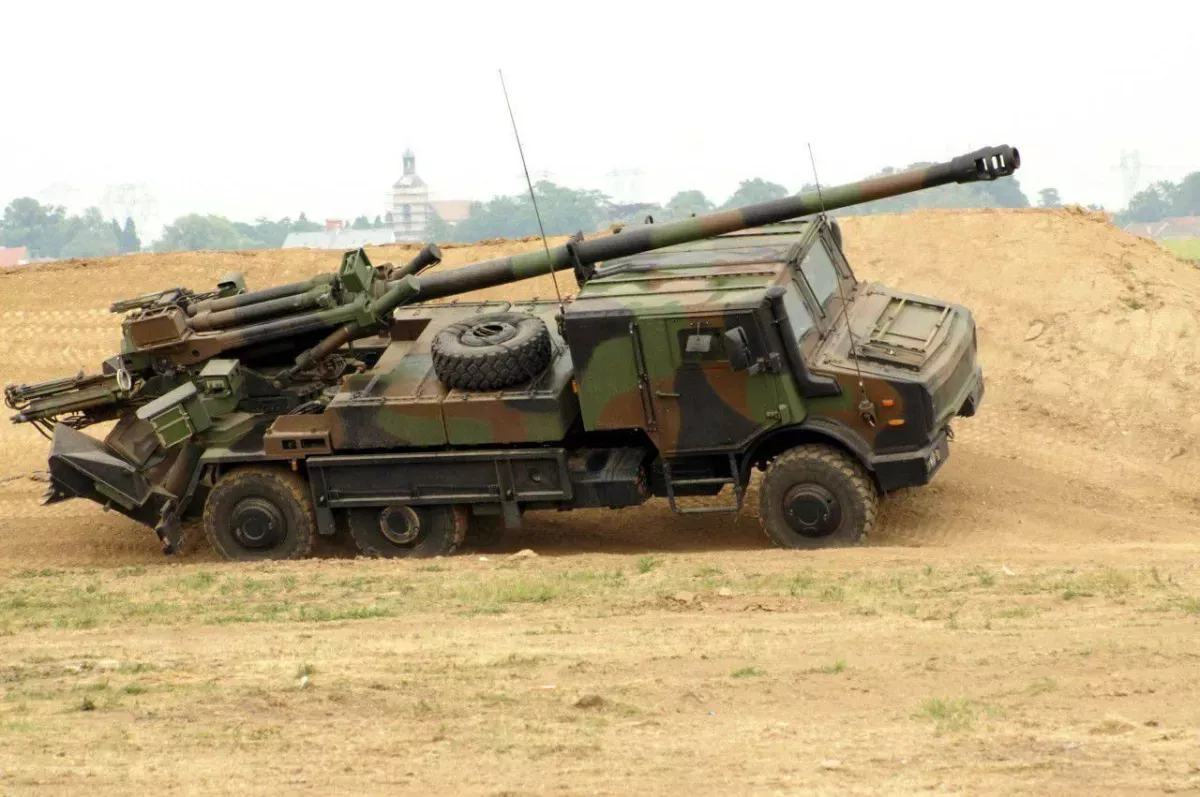Armenia: Final preparations for a new war with Azerbaijan Exclusive data on Caliber.Az
Caliber.Az has repeatedly warned in its previous publications that despite Armenia's outwardly peace-oriented statements, the country's authorities are actively preparing for a new war with Azerbaijan. The logic of recent actions by the Armenian government, which is becoming increasingly emboldened by revanchist sentiments and intensifying its militarization, indicates that the region is on the brink of another war, likely provoked by Armenia. Moreover, Armenia is no longer hiding its preparations for a new round of confrontation – last week, during a government meeting, it was announced that the next reservist training sessions would take place in Armenia from April 1 to June 13.
It is important to note that these training sessions will last a record ten weeks, significantly exceeding the usual duration of such preparations. Furthermore, Caliber.Az has received information from trusted sources indicating that Yerevan is planning to initiate the war in April. The accumulated facts and data point to a deliberate preparation for aggressive actions at the border, making the threat of a new escalation more than just a possibility.

We have previously reported that Armenian military planning includes the concept of a blitzkrieg – a lightning-fast occupation of settlements along a conditional border. In recent months, evidence of Armenia's preparation for a military adventure has become particularly apparent.
A key role in the escalation is played by the EU mission, which officially presents itself as "observational." However, its actions suggest otherwise. Along the border, intelligence gathering has been intensified, particularly in areas where potential clashes may occur. European "observation" groups are systematically studying the terrain, identifying vulnerable positions, and analyzing the deployment of Azerbaijani forces. In effect, under the guise of monitoring, they are carrying out tasks to transmit data to the Armenian military command, which directly violates the principles of neutrality.

Such activity aligns with other alarming signs of Armenia's militarization. One of the most obvious indicators of preparations for aggression is the construction of ten fortified military positions along the hypothetical border with Azerbaijan. These structures, in terms of design and location, are not intended for defense; rather, they create convenient footholds for an offensive. Their deployment has been carefully planned to provide fire control over strategically important areas, thus posing a threat to the security of border regions. Furthermore, all positions are interconnected by a system of tunnels, which Armenian saboteurs will use to carry out provocations against Azerbaijan.
Armenia is deliberately preparing for a forceful provocation, aiming to create a new reality that it will then attempt to present as a fait accompli. The strategy relies on the premise that a rapid change in the situation at the border will force Azerbaijan to react to the aftermath, rather than to the aggression itself.

Implementing such plans requires significant resources. Over the past two years, Armenia has sharply increased its military purchases, spending billions of dollars on weapons from France and India. In particular, it was revealed last autumn that India had sent the first battery of its Akash surface-to-air missile systems to Armenia. The New Indian Express, citing Bharat Electronics Limited, reminded that in 2022, Armenia signed an agreement with India to purchase 15 Akash missile systems worth around 60 billion rupees (710 million dollars), becoming the first foreign country to buy this missile system. It was also emphasized that the Akash system is a surface-to-air missile capable of targeting fighter jets, cruise missiles, air-to-surface missiles, drones, and other aerial threats at a range of up to 25 km.
Paris, advancing its interests in the region, is actively supplying Armenia with air defense systems, artillery, and armored vehicles. For instance, modern French 155mm self-propelled artillery units CAESAR and their components have been delivered to Armenia, along with anti-tank missile systems and air-to-air missiles. In addition, the Armenian army has received dozens of R511 and R530 air-to-air missiles, 30 ERYX anti-tank missiles, dozens of German-made DM32 grenade launchers (also known as "bunkerfaust"), and "Panzerfaust 3" anti-tank systems. Furthermore, the Armenian armed forces have been supplied with around 500 French-made one-shot Apilas portable rocket grenades and 50 American-made BGM-71 TOW anti-tank missile systems.

The EU also plays a role by allocating financial tranches, including through the European Peace Facility, which are directly or indirectly contributing to militarization.
These are unprecedented levels of armament that are not aligned with Armenia's declared "defensive" strategy. Everything points to preparations for aggression.
Another crucial element of Armenia's military infrastructure is the bridge in the village of Kharkop in the Lori region, the construction of which is nearing completion with active support from Greece. This is a vital logistical asset that will enable the rapid deployment of troops and equipment to the combat zone. In this way, conditions are being created for a rapid buildup of forces along the border, which is critical in the scenario of a sudden attack.
All of the listed facts point to a unified strategic plan aimed at escalating the conflict. In this situation, the full responsibility for any potential resumption of hostilities will fall on Armenia and its backers. Azerbaijan has repeatedly demonstrated its willingness for peaceful dialogue, but any attempts to impose a military scenario will be thwarted. Baku has sufficient capabilities to defend its territorial integrity and the safety of its citizens. The Armenian leadership is betting on a new military provocation, but its calculations will lead to catastrophic consequences for Armenia itself. The "Iron Fist" is in place, and any adventure directed against Azerbaijan will receive a swift and harsh response, after which Yerevan will once again beg for mercy. The military-political leadership of Armenia still has time to reconsider. Otherwise, all construction equipment currently in Yerevan will be directed to Yerablur. For what purpose? To expand the area for new caravans carrying "cargo 200."








